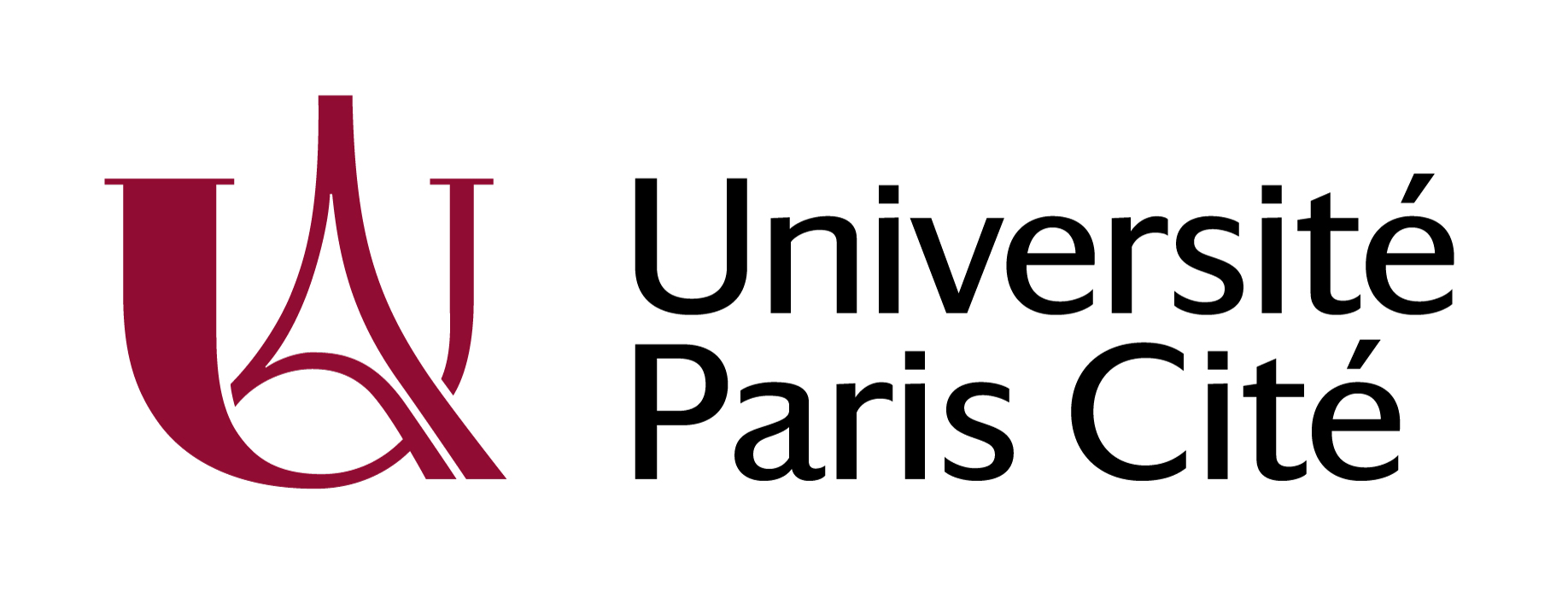Present-day thermal and water activity environment of the Mars Sample Return collection
Résumé
The Mars Sample Return mission intends to retrieve a sealed collection of rocks, regolith, and atmosphere sampled from Jezero Crater, Mars, by the NASA Perseverance rover mission. For all life-related research, it is necessary to evaluate water availability in the samples and on Mars. Within the first Martian year, Perseverance has acquired an estimated total mass of 355 g of rocks and regolith, and 38 μmoles of Martian atmospheric gas. Using in-situ observations acquired by the Perseverance rover, we show that the present-day environmental conditions at Jezero allow for the hydration of sulfates, chlorides, and perchlorates and the occasional formation of frost as well as a diurnal atmospheric-surface water exchange of 0.5–10 g water per m2 (assuming a well-mixed atmosphere). At night, when the temperature drops below 190 K, the surface water activity can exceed 0.5, the lowest limit for cell reproduction. During the day, when the temperature is above the cell replication limit of 245 K, water activity is less than 0.02. The environmental conditions at the surface of Jezero Crater, where these samples were acquired, are incompatible with the cell replication limits currently known on Earth.
Domaines
Sciences du Vivant [q-bio]| Origine | Fichiers éditeurs autorisés sur une archive ouverte |
|---|---|
| Licence |


